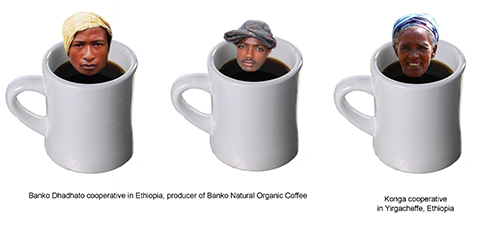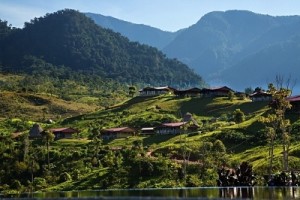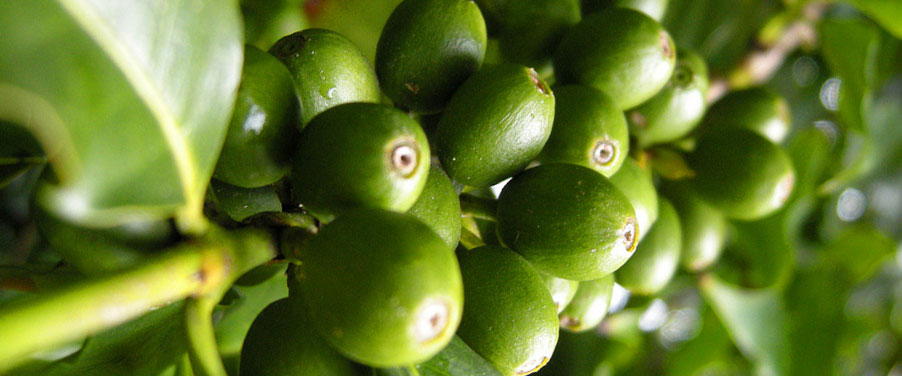The majority of the modern day experience with coffee is the on-the-go cup of joe. But when you have a moment to sit down with your cup of coffee and take a break from the busyness of daily life, what crosses your mind? Some philosophers have been studying precisely that: where do our minds travel when this rich yet bitter drug rolls across our tongues? How does caffeine alter our consciousness? Coffee can remind us to slow down and consider what we are tasting, what we are thinking, and what we are doing. Taking time for contemplation while enjoying coffee transports us into a new way of thinking; coffee literally alters our reality.
It’s no surprise that many people are addicted to coffee. Caffeine is addictive, and the ritualistic and social experience of drinking coffee is a trademark of our culture. Coffee has become a thing to gather around, and coffeehouses and cafes are the homes of revolutionary conversations, and continue to be the origin of grassroots activist planning. It’s no surprise that such discussion of change is happening in a places that serve a drink that gives us energy and motivation, and whose existence as a centerpiece of our culture, is embedded in revolution itself.


